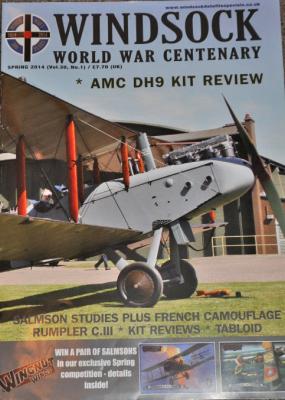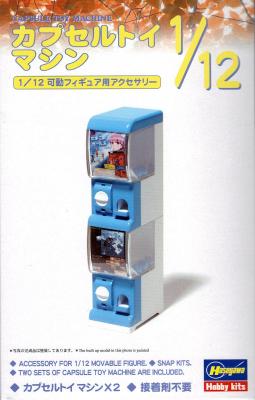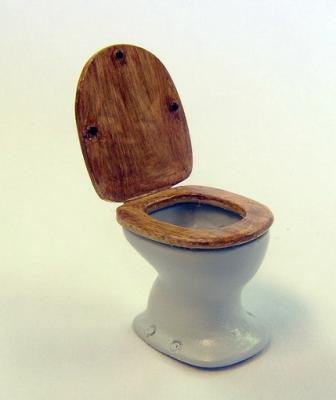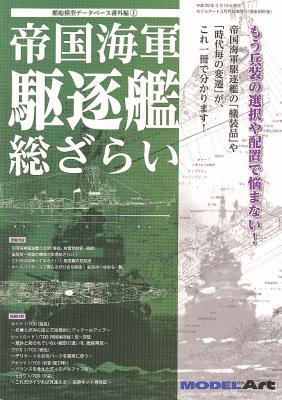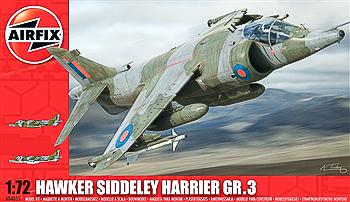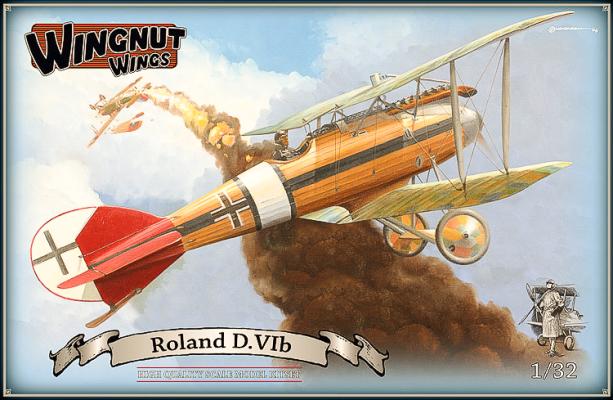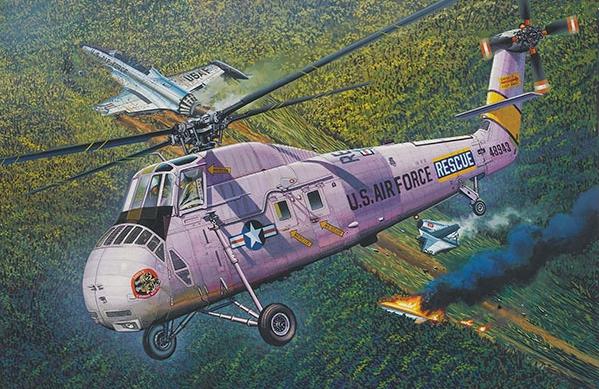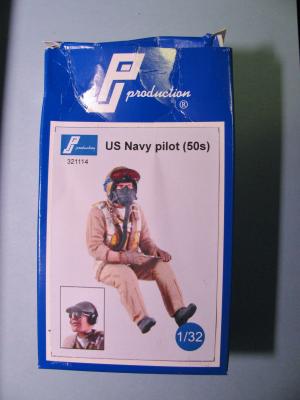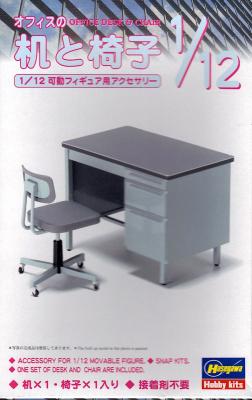Windsock Worldwide, which has taken on the name of Windsock World War Centenary, continues to produce one of the finest resources for all who are interested in modeling WWI aircraft. With the centennial of World War One upon us, there has been an uptick in scale modeling of Great War subjects, both in armor and especially in aircraft. As someone who has focused the majority of my modeling career on World War One biplanes, it is heartening to see the revival that is going on in this field of model building. A lot of this has to do with the emergence and success of Wingnut Wings. This has not been lost on the Windsock publications, as they give ample coverage to all news related to Wingnut Wings, and reviews of their latest kitsets.
Reviews
The Kit
Great Wall Hobby (GWH) has released a TSR.2 in 1/144 scale. This kit is actually an exact repackaging of the Pit Road TSR.2, which is evident from the “Pit Road” name molded on the sprues. The kit itself is very nice and it features engraved panel lines, optional position canopies, options to build it in-flight or on the ground, optional position speed breaks, and a plethora of weapons. Every sprue is packaged in its own bag. Decals are included for three anti-flash white RAF TSR.2s: XR219, XR220, and XR222 (XR219 was the only TSR.2 to fly). The decals are in good register with minimal carrier film.
Hasegawa offers this 1/12th Toy Machine to its expanding collection of 1/12th furniture for offices and schools.
The kit provides parts for two Toy Machines that can be used as “stand alone” devices, mounted one on top of the other, or mounted side-by-side. There are some “toy capsules” that are included. A small plastic bag contains some yellow, red, blue and green spheres, and there are a dozen blue/clear spheres that must be snapped together.
As advertised, the Toy Machines do not require painting, and with the exception of one part they snap together with precision. The only issue I found was that Part A3, the turntable within the machine, did not fit as well as the other parts. A few swipes with a sanding stick took care of the problem.
A number of “signs” are provided on a piece of high gloss paper, and after cutting the favored sign from the sheet, it slips nicely into the machine.
Plus Model, out of the Czech Republic, makes some of the neatest resin pieces for dioramas. They range from full-size parts to lots of add-ons that are really interesting. And now they make a resin kit of a toilet bowl. Yup, it’s a toilet. This is brilliant. All those home dioramas, shops, etc., that I have seen built, and there is never anywhere for the little resin guys to do their business. Now there is thanks to Plus Model.
Model Art Magazine is a monthly publication covering aircraft, armor, ships and car modeling. Model Art began releasing magazines in 1966, and has evolved over the past forty-six years. They also release many special issues during the year, as is the case of this sample.
This issue covers IJN destroyers that were produced from 1918 - 1941. The classes include: Minekaze, Kamikaze, Momi, Wakatake, Mutsuki, Fufuki (Tokugata), Hatsuharu, Shiratsuyu, Asashio, Kagero, Yugumo, Akizuki, Shimakasze and Matsu. The magazine is broken down into ten sections.
Airfix’s 1/72 Hawker Siddeley Harrier GR.3 represents an important version of this aircraft, as recounted on the side of the box: “Developed in the 1960s as the first truly successful V/STOL combat aircraft, the Hawker Siddeley Harrier proved a revelation upon entering service in its earliest from, the GR.1. However, some improvements could be made and this came in the GR.3, which featured better sensor in the nose and tail, as well as a more powerful version of the Rolls Royce Pegasus engine. The GR.3 was the first of the Harrier variants to see combat, joining Operation Corporate, the re-taking of the Falkland Islands, engaging Argentinian Forces in ground attack missions. Replaced by the GR.5 Harrier II, the GR.3 proved itself to be a capable and successful aircraft.”
Introduction
Wingnut Wings’ latest release represents the Roland D.VIb, and follows their earlier release of the D.VIa. The D.VI was designed by LFG (Luft-Fahrzeug-Gesellschaft). The company’s name was changed to Roland in 1914 to avoid confusion with another aircraft company, LVG (Luft-Verkehrs-Gesellschaft). The D.VI first flew in November 1917. The D.VI was a single bay biplane which discarded the LFG/Roland patented semi-monocoque fuselage construction technique for a new method, Klinkerrumpf construction, where the fuselage was built by overlapping thin strips of spruce over a light wooden framework. This construction method resulted in a fuselage that resembles a small boat or a clapboard sided house. This detail was captured nicely by the Wingnut Wings designers. There were two variations of the D.VI. The D.VIa was powered by the 160hp Daimler-Mercedes D.III, and the D.VIb was powered by the 185ps Benz Bz.IIIa.
MRC-Academy's latest release from Gallery Models is the 1/48 scale HH-34J USAF Combat Rescue version of the H-34. Previous versions have included the USMC H-34 Chocktaw and the H-34 US Navy Rescue. This is the unarmed recue version and comes with markings for a USAF version as well as German SAR version. Both markings are primarily silver. The kit is primarily styrene but there are two nice photoetch frets for screens and smaller parts.
The build starts with the interior and the interior is complete and full length. Starting from the front, there is a full front engine compartment, a well done cockpit and full crew area. Behind this is the tail of the helicopter and it is ribbed and has its bulkheads. The engine is 40 parts alone and looks great when done. Watch alignment on this carefully- the engine exhaust protrudes through the side and if alignment is off a little, it will not line up with the doors.
This is the second PJ Production figure that I have had the pleasure of reviewing, and like the first, assembly was easy, with minimal part clean-up being required. The detail is reasonable for this scale, and the figure can be used with most early 1950’s U.S. Navy aircraft of this scale, as the pilot is outfitted in khaki clothing alone, and not wearing a G-suit that was to come. The only modeling skill required involves painting a figure; otherwise, I would recommend this as an item manageable by modelers of nearly any skill level.
One in a series of kits featuring “office furniture and school furniture”, this kit is the most difficult of the five “furniture” items recently reviewed. Even at that, the difficulty factor is very low. The “difficulty” focuses on the small parts found on the officer chair. Note in the attached images that each coaster on the chair is a single piece, and they are fairly small. Beyond the difficulty resulting from the small size of the coasters this kit, like the others in this series is “fit, snap, done!”
Hasegawa advertises that this kit does not require glue, and I found that to be true. I took the time remove the nubs after removing the parts from the sprues, but that was more out of habit than necessity. Those who are more advanced modelers will probably feel better if they remove the attachment nibs with a sanding stick, but it is not critical to the “fit” of the parts.
One gets parts sufficient for one desk and one chair.

